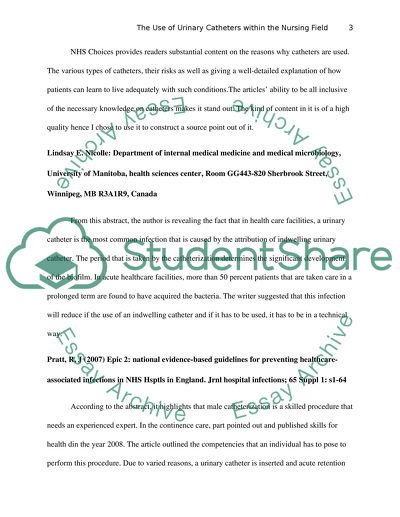Cite this document
(“The Use of Urinary Catheters in the Nursing Field Annotated Bibliography - 11”, n.d.)
Retrieved from https://studentshare.org/nursing/1694474-annotated-bibliography
Retrieved from https://studentshare.org/nursing/1694474-annotated-bibliography
(The Use of Urinary Catheters in the Nursing Field Annotated Bibliography - 11)
https://studentshare.org/nursing/1694474-annotated-bibliography.
https://studentshare.org/nursing/1694474-annotated-bibliography.
“The Use of Urinary Catheters in the Nursing Field Annotated Bibliography - 11”, n.d. https://studentshare.org/nursing/1694474-annotated-bibliography.


